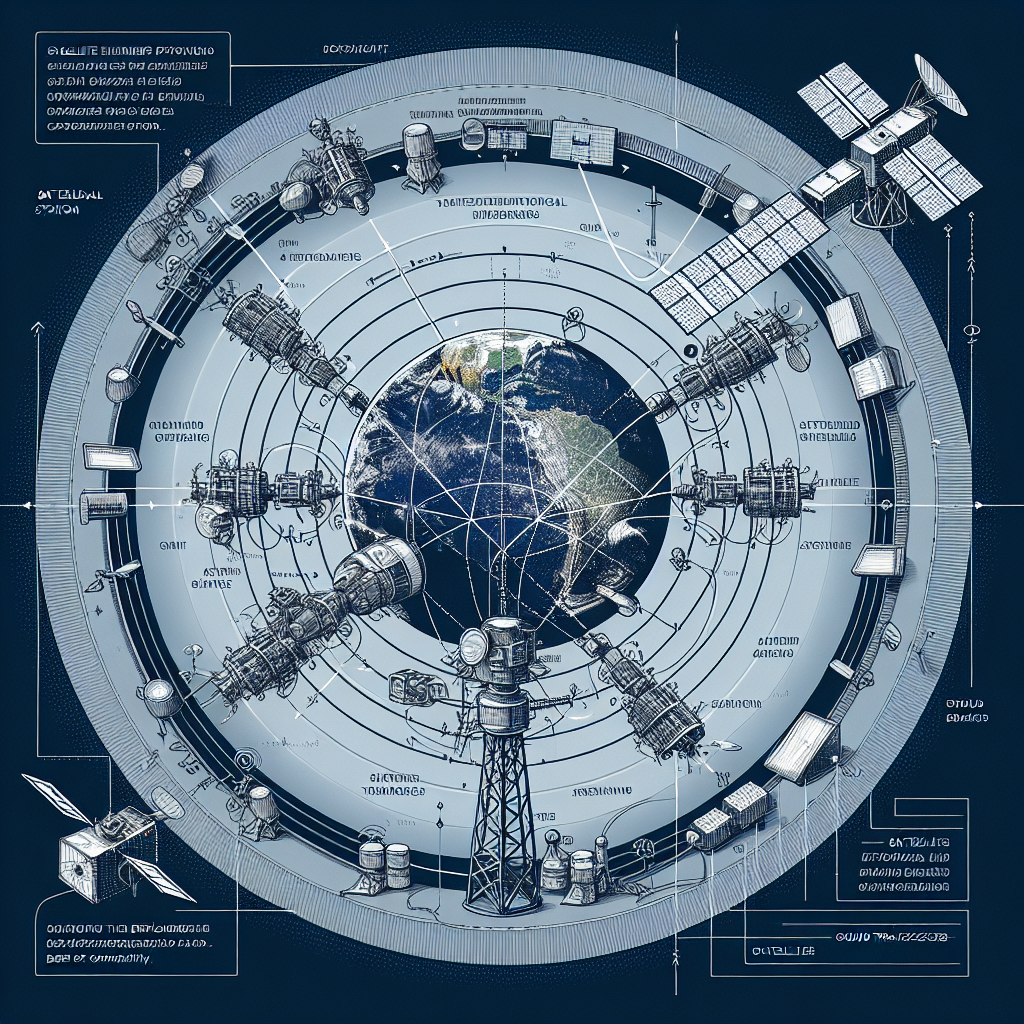The Future of Internet: Starlink Revolution
The internet is on the brink of a revolution. The catalyst? Starlink Internet.
A project by SpaceX, Starlink aims to redefine global connectivity. It promises high-speed internet, even in the most remote corners of the world.
However, it’s not without its challenges. Users have reported issues like “Starlink connected but no internet”.
In this article, we delve into the Starlink revolution, its technology, potential issues, and its implications for the future of internet access. Join us as we explore the future of the internet.
Unveiling Starlink: A New Era of Connectivity
Starlink is a satellite internet constellation being constructed by SpaceX. The goal is to provide satellite Internet access across the globe.
The constellation will consist of thousands of mass-produced small satellites in low Earth orbit (LEO).
These satellites work in combination with ground transceivers. This ambitious project aims to bridge the digital divide and usher in a new era of connectivity.
The Technology Behind Starlink Internet
Starlink’s technology promises lower latency and faster speeds compared to traditional geostationary satellite internet. This is due to its proximity to Earth.
The service uses a phased array antenna for user terminals. This antenna can dynamically steer the beam to optimize the connection.
Key features of Starlink’s technology include:
- Low Earth Orbit (LEO) satellites
- Phased array antenna
- High-speed internet connectivity
Addressing Connectivity Issues: When Starlink is Connected But No Internet
Users have reported issues such as “Starlink connected but no internet”. This may be attributed to beta testing phases and network optimization.
Starlink is actively working to address these issues. They aim to ensure consistent and reliable internet access for all users.
Despite these challenges, the potential of Starlink to disrupt the traditional ISP market remains. It provides an alternative to ground-based internet services.
The Global Impact of Starlink Internet
Starlink’s mission is to provide high-speed internet to underserved and remote areas across the globe. This has significant implications for global education and economic development.
The service can bridge the digital divide, enabling new opportunities and connectivity for rural and remote businesses. It also plays a crucial role in emergency response and disaster relief efforts by providing temporary internet access.
Moreover, Starlink’s potential to support the Internet of Things (IoT) and other emerging technologies is immense. This could revolutionize the way we live and work.
Overcoming the Challenges: Space Debris and Regulatory Hurdles
Starlink faces significant challenges, including concerns over space debris. The increasing number of satellites in low Earth orbit (LEO) raises questions about sustainability and safety.
Regulatory hurdles are another obstacle. Issues like spectrum allocation and international coordination require careful navigation.
Despite these challenges, SpaceX continues to innovate. They are developing strategies to mitigate space debris and working closely with regulatory bodies to ensure compliance.
The Cost of Innovation: Is Starlink Worth It?
The cost of Starlink’s user terminal and subscription is a key consideration. Compared to other internet service options, it may seem steep.
However, the value proposition lies in its potential. Starlink offers high-speed internet in remote areas where traditional ISPs fail to reach.
In the end, the worth of Starlink will be determined by its ability to deliver on its promises. Its potential to revolutionize global connectivity makes it a compelling prospect.












![Accounting Course in Delhi, 110047, [GST Update 2024]](https://free-ads.marketing2advertising.com/wp-content/uploads/2024/07/Accounting-Course-in-Delhi-1-300x224.png)


